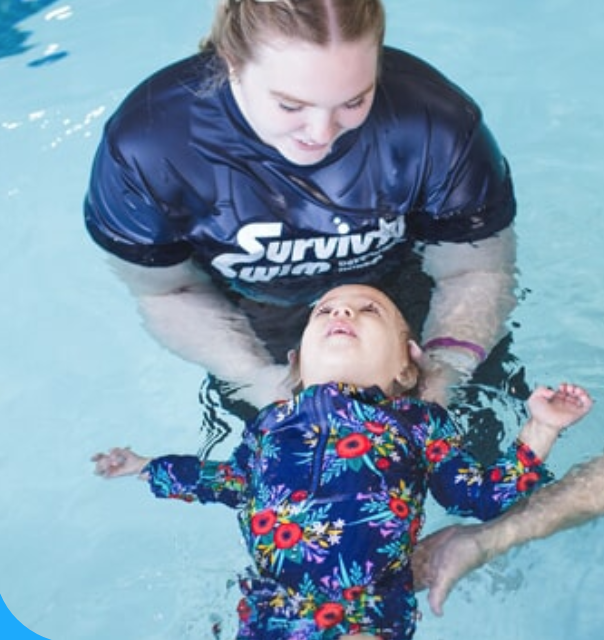
RESOURCES
“Before we lost our dear son to a drowning accident in July 2022, we were completely naive to the lack of awareness provided to the general public. More children ages 1-4 die from drowning than any other cause of death. It is our immense hope to spread drowning awareness in a way that impacts the world. ”
— Meshea Ingram, Briggs’ Mother
THE
FACTS
-
In the United States:
More children ages 1–4 die from drowning than any other cause of death.
For children ages 5–14, drowning is the second leading cause of unintentional injury death after motor vehicle crashes.
-
Every year in the United States there are an estimated:
4,000 fatal unintentional drownings—that is an average of 11 drowning deaths per day.
8,000 nonfatal drownings—that is an average of 22 nonfatal drownings per day.
-
Children ages 1–4 have the highest drowning rates. Most drownings in children 1–4 happen in swimming pools. Drowning can happen even when children are not expected to be near water, such as when they gain unsupervised access to pools. Fatal drowning is the leading cause of death for children 1-4 and the second leading cause of unintentional injury death for children 5-14, behind motor vehicle crashes.
-
Not being able to swim
Many adults and children report that they can’t swim or that they are weak swimmers. Participation in formal swimming lessons can reduce the risk of drowning among children and young adults.
Missing or ineffective fences around water
Proper pool fencing can prevent young children from gaining access to the pool area without caregivers’ awareness. A four-sided isolation fence which separates the pool area from the house and yard reduces a child’s risk of drowning by 83% compared to three-sided property-line fencing (which encloses the entire yard but does not separate the pool from the house).
Lack of close supervision
Drowning can happen quickly and quietly anywhere there is water, especially to unsupervised children. It happens in lakes and oceans, pools, bathtubs, and even buckets of water.
Location
The highest risk locations for drowning vary by age. Among infants under 1 year old, two thirds of all drownings occur in bathtubs. Most drownings happen in home swimming pools among children ages 1–4. About 40% of drownings among children 5-14 occur in natural water, and about 30% occur in swimming pools. More than half of fatal and nonfatal drownings among people 15 years and older occur in natural waters like lakes, rivers, or oceans.
Not wearing life jackets
Life jackets can prevent drowning during water activities, especially boating and swimming. The U.S. Coast Guard reported 658 boating-related deaths in 2021—81% died by drowning, and 83% of these people were not wearing life jackets.
Shop Safe Swim
Shop Safe Swim
One of my biggest goals is to equip you with the knowledge to make informed decisions around safe swim for your child. I have used professionals and researched based information to gather and collect the safest products for your child. From floatation devices to pool covers, we have done our best to ensure that your child can swim safely and confidently. Shop safety gear essentials below!




